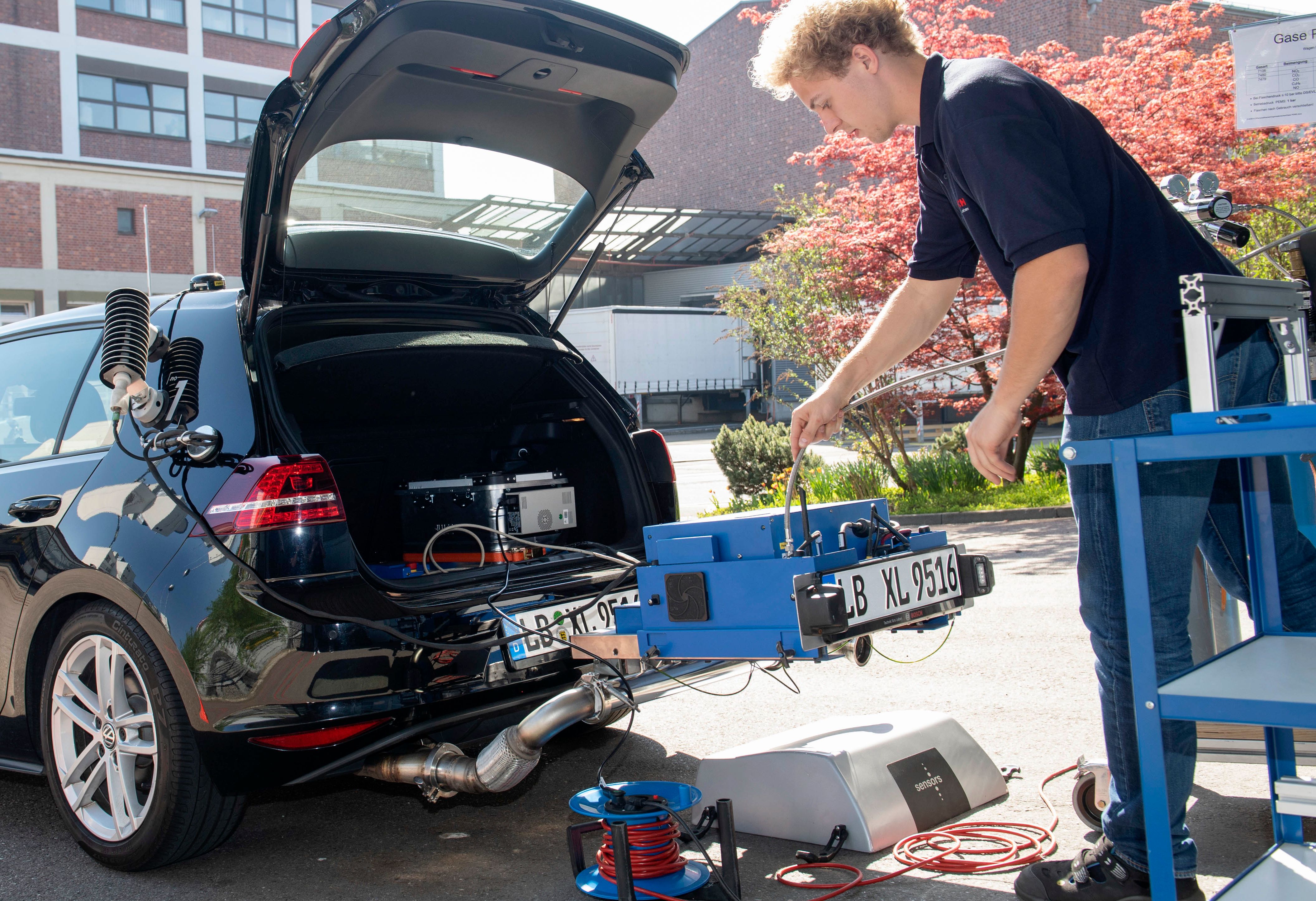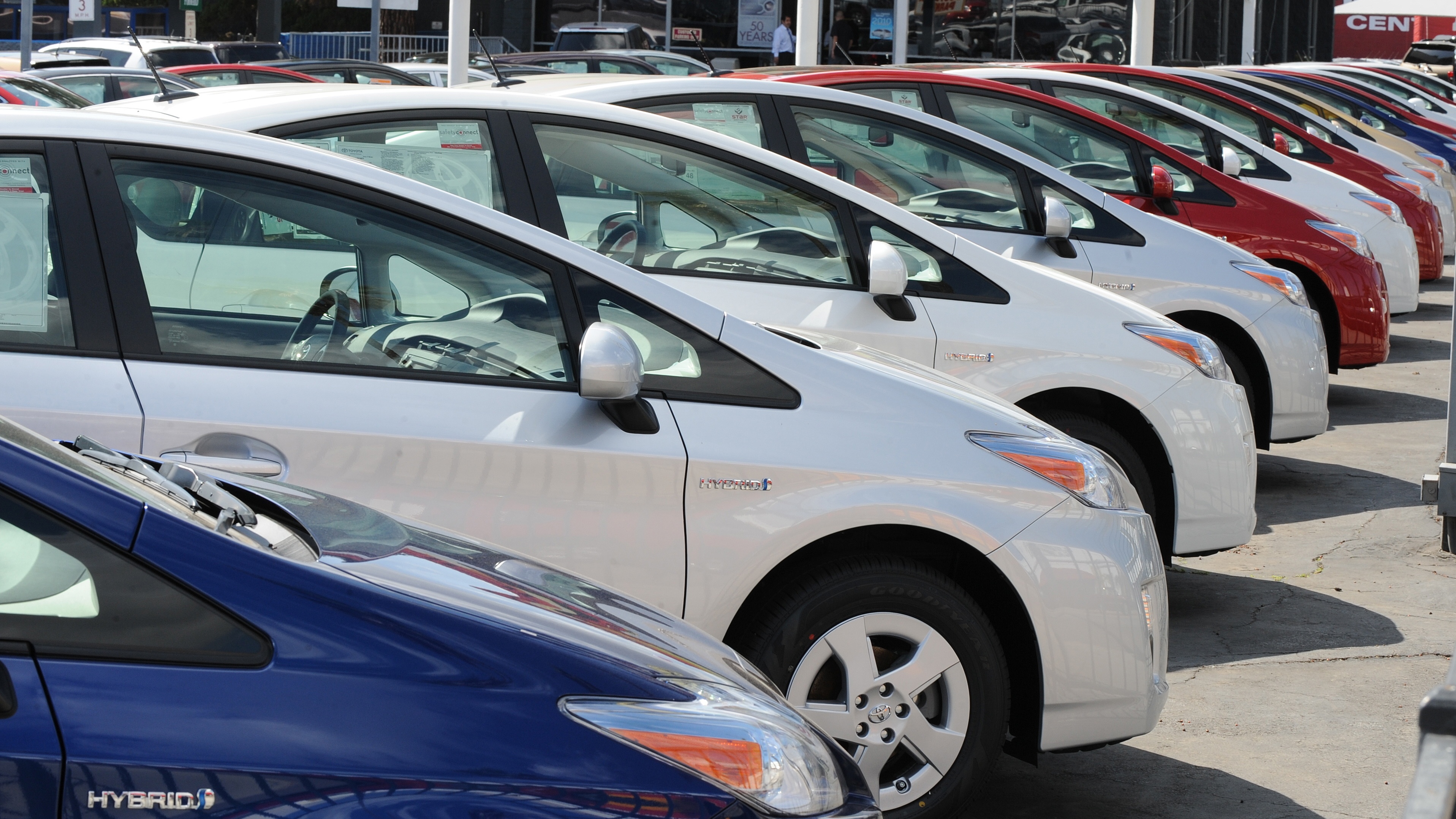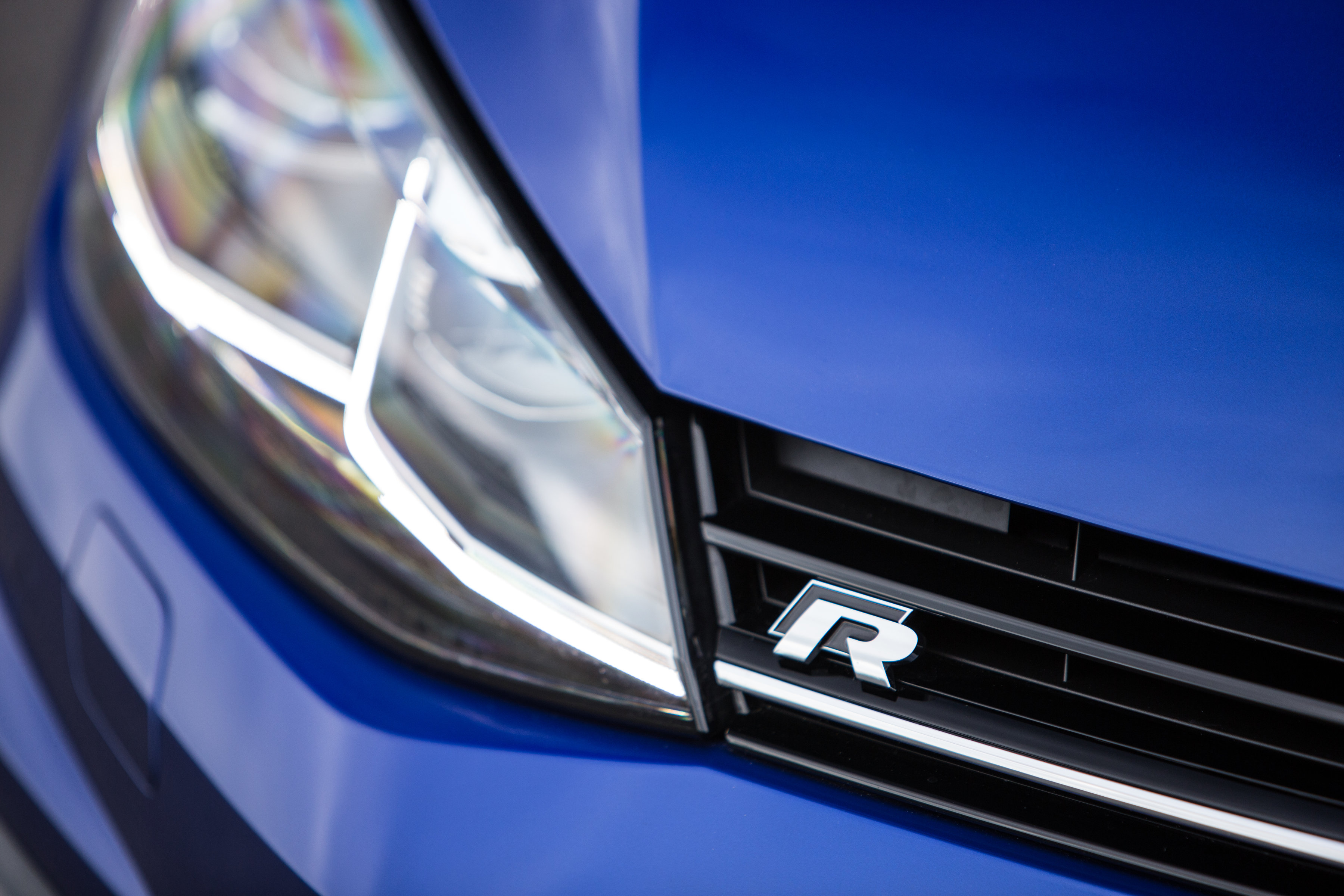WLTP 2018: will it increase vehicle tax rates?
All cars sold in the EU must pass tougher tests from 1 September

A new vehicle emissions standard for cars sold in the European Union launches tomorrow in a bid to accurately reflect real-world data.
The Worldwide Harmonised Light Vehicle Test Procedure (WLTP) subjects new vehicles to emissions and fuel consumption tests that are performed with “more varied driving” techniques compared to the current New European Driving Cycle (NEDC) system, says Car Keys.
Cars will be tested over a simulated 23.5km (14.6 miles) drive for 30 minutes, compared to the NEDC’s 11km (6.8 mile) test route over a 20-minute cycle, the motoring site says.
The Week
Escape your echo chamber. Get the facts behind the news, plus analysis from multiple perspectives.

Sign up for The Week's Free Newsletters
From our morning news briefing to a weekly Good News Newsletter, get the best of The Week delivered directly to your inbox.
From our morning news briefing to a weekly Good News Newsletter, get the best of The Week delivered directly to your inbox.
WLTP aims to deliver more accurate test results for electric and combustion-engined cars. This is because old NEDC system had “loopholes” that manufacturers used to exploit test figures that made their vehicles “seem more favourable”, says CarBuyer.
The new system’s introduction has forced carmakers to make substantial changes to their production lines. For instance, Volkswagen revealed in June that it would temporarily close its factory in Wolfsburg, Germany to make the necessary infrastructure changes in time for the deadline.
The tests are mandatory, too. Vehicles sold after the 1 September deadline must have passed the tougher WLTP test, says Autocar. Some cars, such as “high-performance” models, had to be withdrawn from sale so they could be “reconfigured” ahead of WLTP’s introduction.
What does it mean for car buyers?
A free daily email with the biggest news stories of the day – and the best features from TheWeek.com
The introduction of the new format should be a positive step for car buyers, claims The Daily Telegraph.
As WLTP figures are intended to accurately represent real-world energy economy and emissions, the newspaper says the system will “allow for a better-informed buying decision”.
Mike Hawes, chief executive of the Society of Motor Manufacturers and Traders (SMMT), agrees. He says the new and “demanding” test will “give consumers emissions performance information that is far closer to what they experience behind the wheel”.
Will car tax increase?
That depends on how the Government responds to WLTP’s arrival.
The Daily Express suggests drivers “could end up paying more car tax for the same vehicle” because the new tests “provide a more accurate CO2 emissions reading for a car”.
Therefore, the newspaper says, “a motorist that buys a car after 1 September could pay more for their car tax than they would if they purchased the car before then”.
However, the Daily Telegraph says the Government doesn’t intend to take into account WLTP figures until 2020 to circumnavigate a “sudden” and “painful” tax hike.
-
 Political cartoons for December 14
Political cartoons for December 14Cartoons Sunday's political cartoons include a new White House flag, Venezuela negotiations, and more
-
 Heavenly spectacle in the wilds of Canada
Heavenly spectacle in the wilds of CanadaThe Week Recommends ‘Mind-bending’ outpost for spotting animals – and the northern lights
-
 Facial recognition: a revolution in policing
Facial recognition: a revolution in policingTalking Point All 43 police forces in England and Wales are set to be granted access, with those against calling for increasing safeguards on the technology
-
 Volkswagen ID.5 review: what the car critics say
Volkswagen ID.5 review: what the car critics sayFeature The ID.4's 'sportier, more stylish twin' – but 'don't believe the hype'
-
 VW ID Buzz review: what the car critics say
VW ID Buzz review: what the car critics sayfeature The new ID Buzz electric van is a modern successor to Volkswagen’s beloved Type 2
-
 The pros and cons of hybrid cars
The pros and cons of hybrid carsPros and Cons Part-electric vehicles produce lower emissions but they may not work for every lifestyle
-
 VW Polo GTI review: what the car critics say
VW Polo GTI review: what the car critics sayfeature The new Polo GTI is refined, roomy and easy to drive
-
 VW Multivan review: what the car critics say
VW Multivan review: what the car critics sayfeature Not much bigger than a normal car, it’s easy to park and a cinch to drive
-
 Volkswagen Golf R Estate review: what the car critics say
Volkswagen Golf R Estate review: what the car critics sayfeature Four-wheel drive is ‘impressively smooth’ but still flawed
-
 Volkswagen Golf R Mk8 2021: spy shots, plus specs, price and UK release
Volkswagen Golf R Mk8 2021: spy shots, plus specs, price and UK releaseIn Depth Souped-up hatchback is spotted for the first time while testing in South Africa
-
 Volkswagen ID.4 2021: first image, plus battery range, release and price
Volkswagen ID.4 2021: first image, plus battery range, release and priceThe Week Recommends German car giant’s second mass-production EV set to take on Tesla Model Y